What is the Capacity of a Fuel Tank Truck?
Fuel tank trucks play an essential role in the logistics and transportation of fuel, enabling the delivery of large quantities of gasoline, diesel, and other petroleum products across various regions. The capacity of a fuel tank truck is a crucial factor that determines its efficiency and the volume of fuel it can transport. Understanding the capacity of these vehicles involves exploring various factors including their design, types, and the regulations governing their operation.
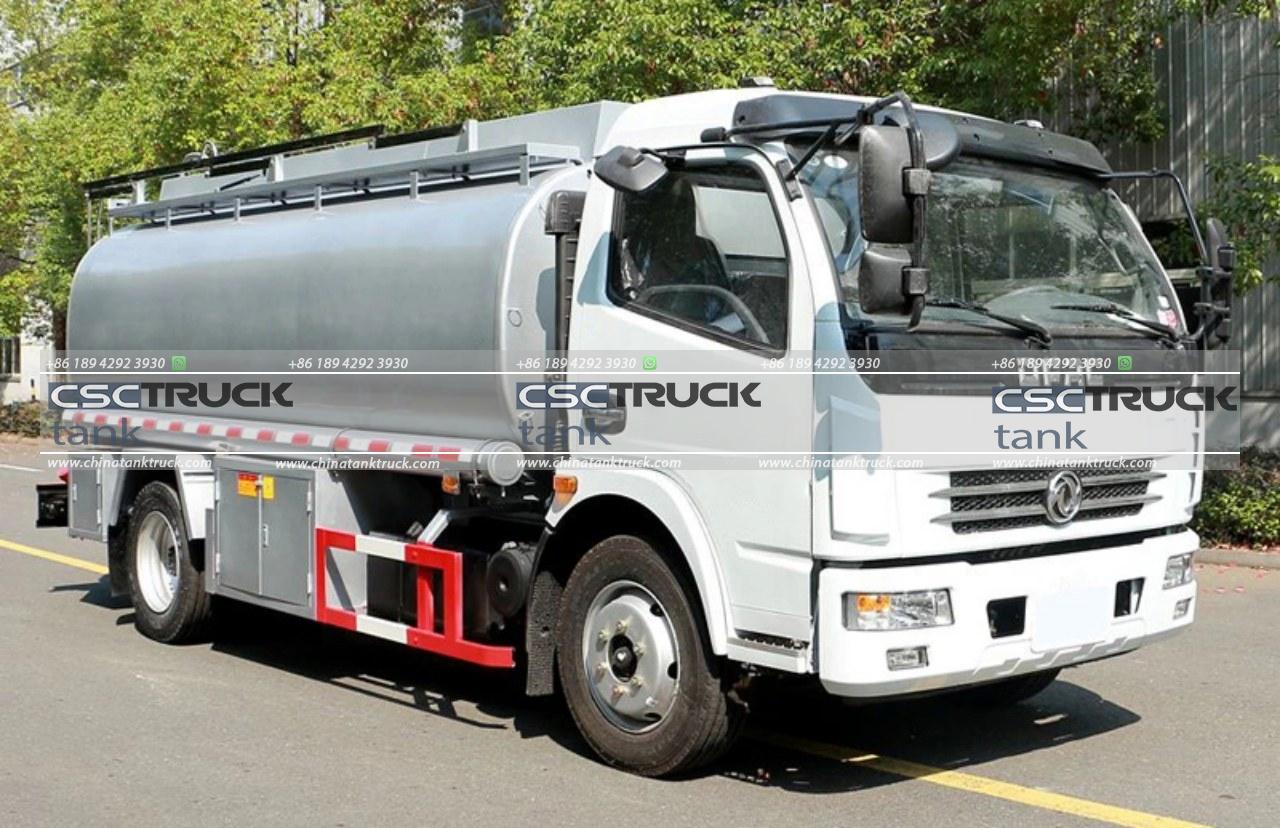
Understanding Fuel Tank Trucks
Fuel tank trucks, also known as tanker trucks, are specialized vehicles designed to transport liquid fuel. These trucks are equipped with large cylindrical tanks mounted on their chassis, which are engineered to safely and efficiently carry various types of fuel. The tanks are often made from materials like aluminum, stainless steel, or carbon steel to ensure durability and resistance to the corrosive nature of the fuels they carry.
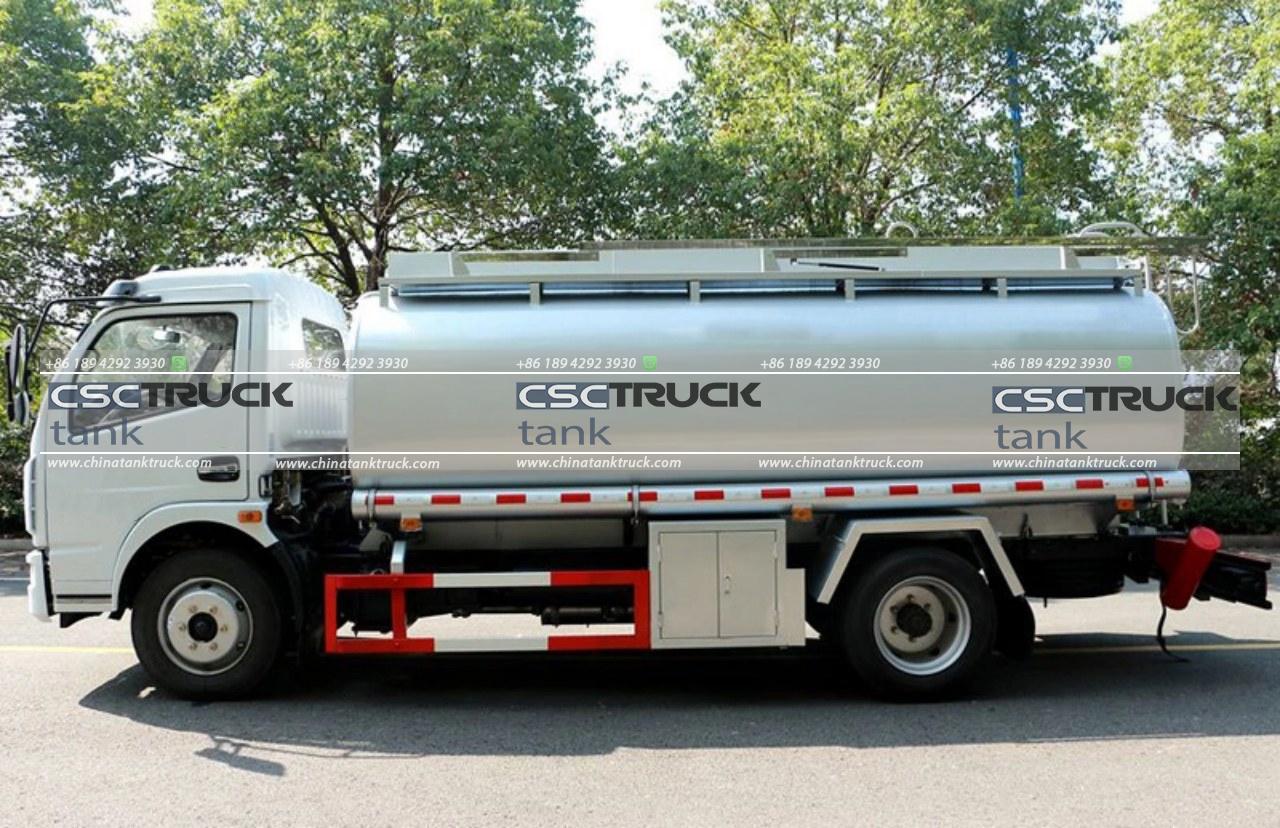
Types of Fuel Tank Trucks
Fuel tank trucks come in various sizes and configurations, each suited for different applications. The main types include:
1. Small Tanker Trucks: Typically used for local deliveries, these trucks have a capacity ranging from 500 to 4,000 gallons (1,900 to 15,000 liters). They are ideal for navigating urban environments and making frequent stops at gas stations, construction sites, or farms.
2. Medium Tanker Trucks: These trucks have a capacity between 5,000 and 8,000 gallons (19,000 to 30,000 liters). They are commonly used for regional deliveries and can transport fuel over longer distances than small tankers.
3. Large Tanker Trucks: Designed for long-haul transport, large tanker trucks can carry between 9,000 and 11,000 gallons (34,000 to 42,000 liters) of fuel. These trucks are often used to deliver fuel to distribution centers, airports, and large industrial facilities.
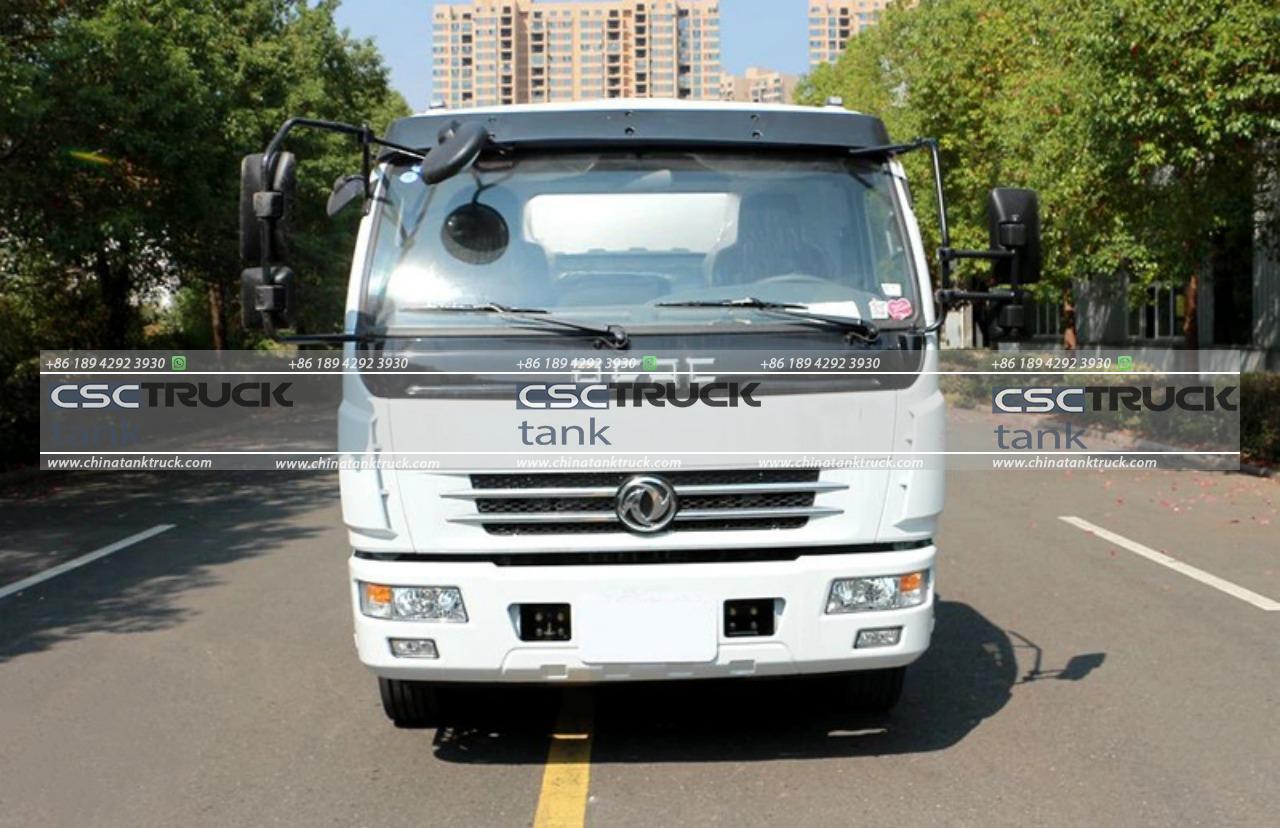
Factors Affecting the Capacity of Fuel Tank Trucks
Several factors influence the capacity of a fuel tank truck, including:
1. Design and Construction: The design of the tank, including its shape and the materials used, plays a significant role in determining its capacity. Cylindrical tanks are preferred because they distribute pressure evenly, reducing the risk of rupture. The use of lightweight materials like aluminum can increase capacity by reducing the overall weight of the truck.
2. Regulatory Restrictions: Different countries and regions have regulations that dictate the maximum allowable capacity for fuel tank trucks. These regulations are in place to ensure safety and prevent accidents. For example, in the United States, the Department of Transportation (DOT) sets specific guidelines for the construction and operation of tanker trucks.
3. Axle Configuration: The number and arrangement of axles on a tanker truck affect its load-carrying capacity. More axles can support heavier loads, allowing for larger tanks and greater fuel capacity. Tanker trucks with multiple axles are often used for transporting fuel over long distances.
4. Road and Infrastructure Conditions: The condition of roads and infrastructure also impacts the capacity of fuel tank trucks. In regions with well-maintained roads and bridges, trucks can carry heavier loads compared to areas with poor infrastructure where weight restrictions might be imposed to prevent damage.
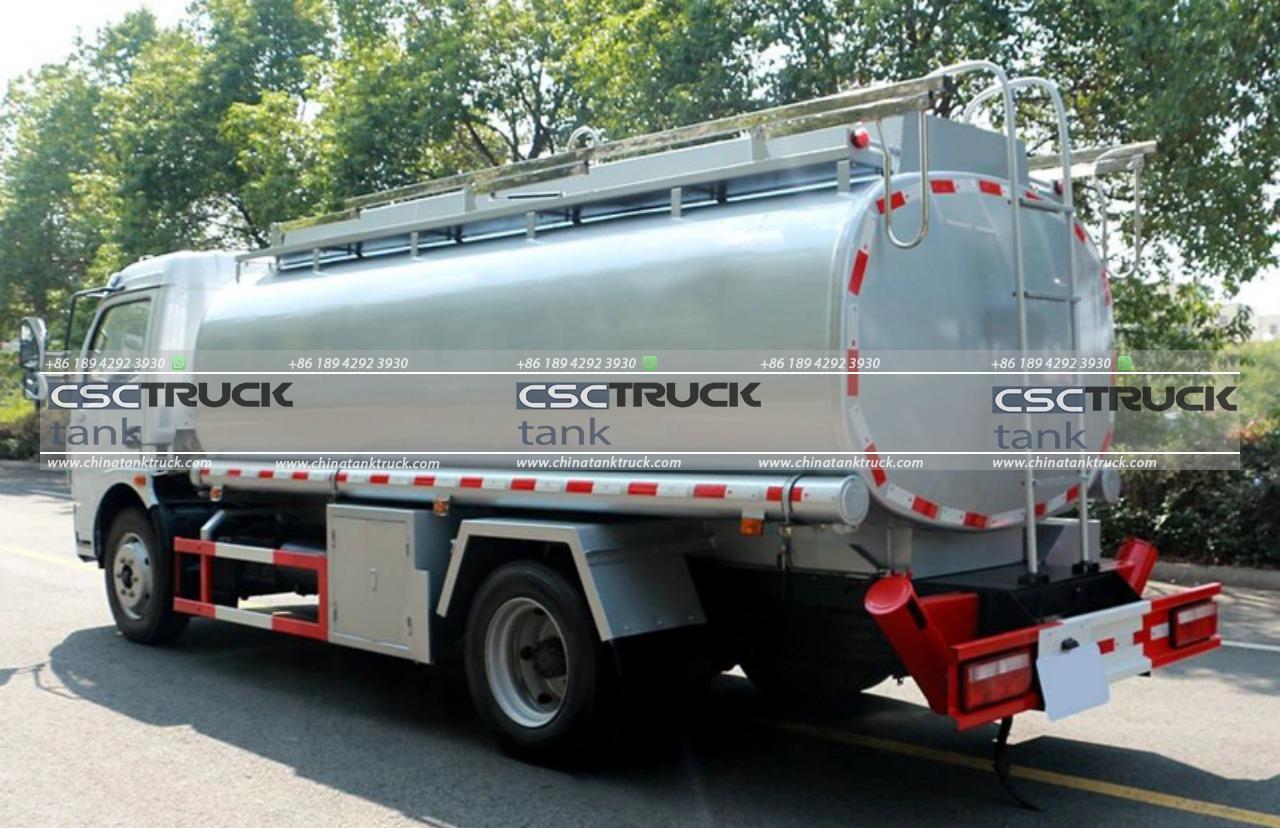
Importance of Fuel Tank Truck Capacity
The capacity of a fuel tank truck is crucial for several reasons:
1. Efficiency: Larger capacity trucks can transport more fuel in a single trip, reducing the number of trips needed and increasing overall efficiency. This is particularly important for long-distance deliveries where minimizing trips can lead to significant cost savings.
2. Economies of Scale: Transporting larger volumes of fuel reduces the per-gallon cost of delivery. This is beneficial for both fuel suppliers and consumers, as it can lead to lower prices at the pump.
3. Environmental Impact: Fewer trips mean reduced fuel consumption by the trucks themselves, leading to lower emissions and a smaller carbon footprint. This is an important consideration in efforts to make fuel transportation more environmentally friendly.
4. Supply Chain Reliability: High-capacity fuel tank trucks ensure a steady and reliable supply of fuel to various regions, preventing shortages and ensuring that industries and consumers have access to the fuel they need.
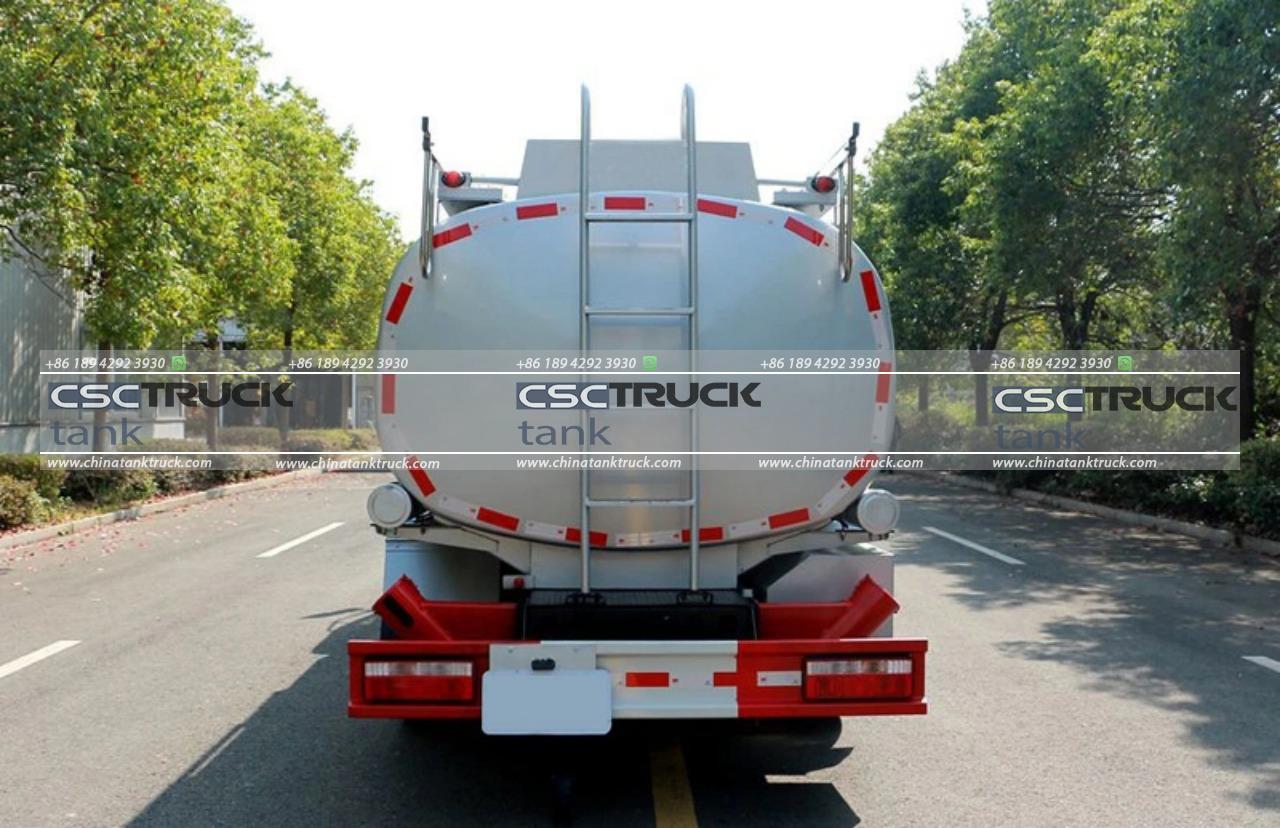
Safety Considerations
The transportation of large volumes of fuel comes with inherent risks. Therefore, safety is a paramount concern in the design and operation of fuel tank trucks. Key safety features include:
1. Baffles: Internal baffles are installed within the tank to prevent the fuel from sloshing around during transport. This reduces the risk of the truck becoming unstable and helps maintain control during braking and turning.
2. Pressure Relief Valves: These valves prevent the build-up of excessive pressure inside the tank, which can occur due to temperature changes. They ensure the tank operates within safe pressure limits, reducing the risk of explosion or rupture.
3. Spill Containment: Fuel tank trucks are equipped with spill containment features to minimize the impact of any leaks or spills. This includes reinforced tank walls, secure fittings, and emergency shut-off valves.
4. Driver Training: Drivers of fuel tank trucks undergo specialized training to handle the unique challenges associated with transporting hazardous materials. This includes safe driving practices, emergency response procedures, and understanding the specific properties of the fuels they transport.
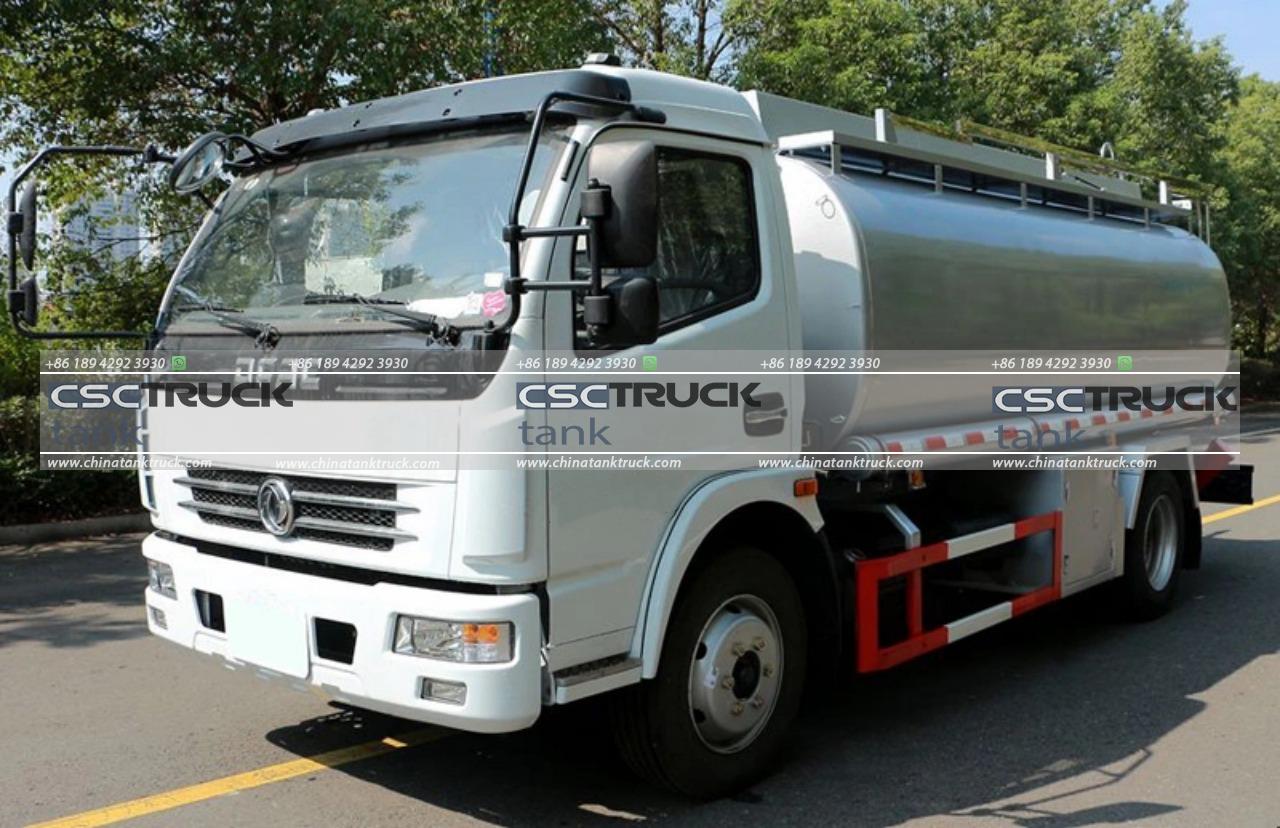
Future Trends in Fuel Tank Truck Capacity
As technology advances, the design and capacity of fuel tank trucks are likely to evolve. Future trends may include:
1. Lightweight Materials: Continued development of lightweight materials, such as advanced composites, could allow for larger tank capacities without increasing the overall weight of the truck.
2. Fuel Efficiency: Improvements in fuel efficiency for the trucks themselves will enable longer distances to be covered on a single tank, reducing the need for frequent refueling stops.
3. Automation and Safety: The integration of advanced automation and safety systems, such as autonomous driving technology and real-time monitoring of tank conditions, will enhance the safety and efficiency of fuel transportation.
4. Environmental Regulations: Stricter environmental regulations may lead to innovations in tank design and fuel types, such as the transportation of biofuels or hydrogen, necessitating adaptations in tank capacities and configurations.
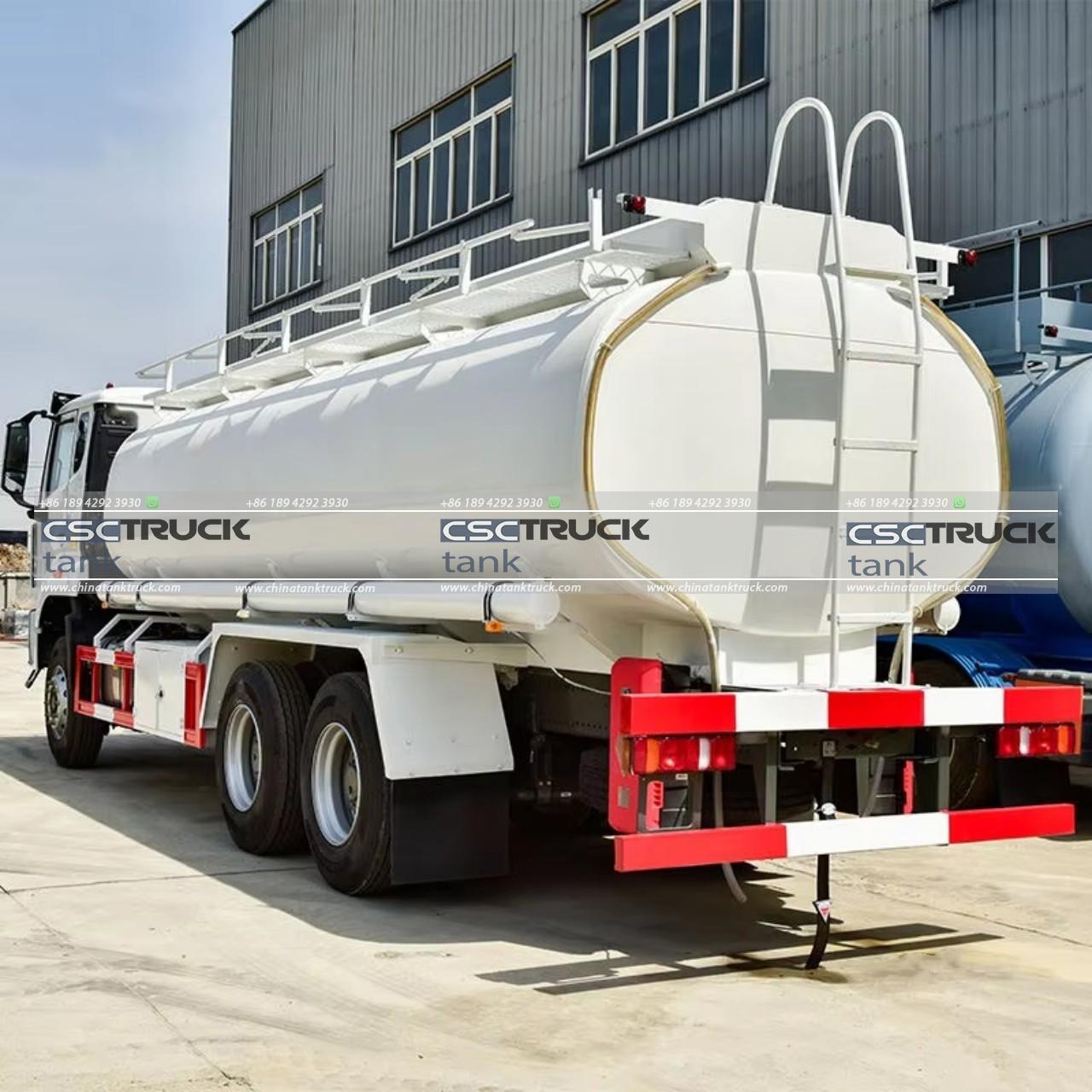
Conclusion
The capacity of a fuel tank truck is a critical factor in the logistics of fuel transportation. It influences the efficiency, cost, safety, and environmental impact of delivering fuel across regions. Understanding the various types of fuel tank trucks, the factors affecting their capacity, and the importance of safety features provides a comprehensive overview of this vital aspect of the fuel supply chain. As technology and regulations evolve, the design and capacity of fuel tank trucks will continue to adapt, ensuring they meet the demands of modern fuel transportation while prioritizing safety and efficiency.

